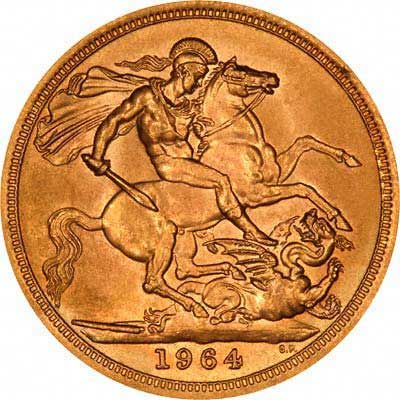CFM12050 - Understanding corporate finance: foreign exchange: fixed exchange rates
The history of exchange rates: fixed rates
Concern about exchange rates is a relatively new phenomenon in the history of trade and commerce. From classical antiquity, gold and silver provided a common medium of exchange throughout Europe and the eastern Mediterranean. For example, a 14th-century English merchant selling wool to Flanders would exchange the wool for a quantity of gold or silver coins. If he wanted to know how much the unfamiliar coins were worth in terms of English sovereigns, he could weigh the coins and assay the purity of the metal to determine what weight of pure gold or silver they represented. Money changers could quote fixed rates of exchange between the bewildering variety of coins in circulation in various parts of Europe.
Up to just after the First World War, the value of all major currencies was fixed in terms of the amount of gold for which each could be exchanged. This was the gold standard, adopted by Britain in 1840. This meant that the value of these currencies compared to each other was also essentially fixed. Exchange differences were not a common item in traders' accounts. For this reason, there are few references in early tax case law to exchange differences.
The gold standard collapsed in the world recession following the First World War. Many countries tried to stimulate domestic demand by devaluing their currencies. Partly because of the damaging effects of such devaluations, an attempt was made in 1944 to return to a system of fixed exchange rates, the so-called Bretton Woods system, named after the US resort where representatives of 44 countries met to discuss the problem.
The Bretton Woods system was a partially fixed exchange rate tied to the US dollar. An exchange rate for each participating currency against the dollar was agreed, with only minimal fluctuations being allowed. The dollar itself was pegged to gold. Stability was maintained by central banks intervening in foreign exchange markets to buy weak currencies and hence increase demand. An institution, the International Monetary Fund, was set up to lend money to governments to help them do this. Occasional devaluations and revaluations were allowed if a country's economic position changed substantially.
The Bretton Woods system was abandoned in 1972 because of pressures on the dollar, caused mainly by rising oil prices and the USA's balance of payments deficit arising from the Vietnam War.
A further system of partially fixed exchange rates was introduced in Europe in 1979. This was the Exchange Rate Mechanism, or ERM. A central rate of exchange was fixed against the European Currency Unit (ECU), calculated from a weighted average of all EU currencies.
Progress towards closer monetary union continued to be made and in 1999, the euro was introduced. The currencies of 12 'eurozone' countries - Austria, Belgium, Finland, France, Germany, Greece, Ireland, Italy, Luxembourg, the Netherlands, Portugal and Spain - were tied to the euro, so that from 1 January 1999 onwards, they ceased to fluctuate against each other. From 1 January 2002, the euro became the national currency of these countries.


